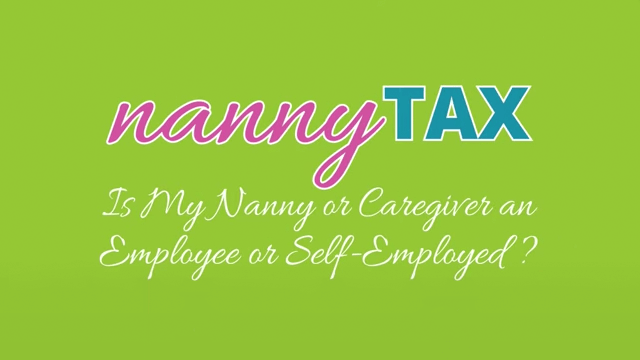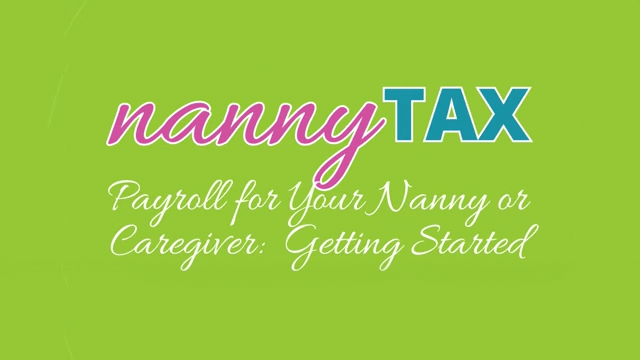
Minimize these Costs of Going Back to the Office
As the COVID restrictions continue to lift, are you looking forward to going back to the office after working from home? Or has your employer mandated that you return to the office at least part-time?
While the days of a 40-hour in-person workweek are largely over for many professional industries, if you’re among those returning to the office, then read on to make sure you’ve covered the costs of going back and have a plan to help minimize them.
FINANCIAL COSTS
These costs may be obvious, but it’s important to plan for them, especially given the recent inflation across so many of our everyday expenses. For tips on how to fight inflation, you can read our blog from last month here.

CHILDCARE: Did you have a nanny or childcare provider before COVID? If you continued to maintain your pre-COVID childcare arrangements during COVID, then you may have no change to your finances in this area. And depending on the age of your children, your cost may be lower now two years later. If, however, you let your nanny go or pulled your child out of daycare, then you need to start the search again and add this monthly expense back to your budget if you haven’t already. And if you’ve decided to hire a nanny for the first time, then check out our blog about the nanny hiring process so that you’re well informed.
TRANSPORTATION: The price of gas has never been higher in Canada and experts predict that with the Ukraine crisis, the price will not be dropping any time soon. So if you plan on driving or carpooling to work, this will be an expense at unprecedented levels compared to pre-COVID. With a fill-up almost double what it cost pre-pandemic, even if you drive half the time to the office, you’ll end up with the same cost of driving now. You can also read our tips for saving on gas here. If you’re taking public transportation and haven’t had to buy a bus or subway pass during COVID, then make sure you factor in this cost.
CLOTHING: Have you been surviving and even thriving on a minimalist wardrobe of athleisure wear? If you’re lucky enough to have stayed the same size and to have a closet full of classic work clothes that haven’t gone out of style after the last two years, then your clothing expenses may be very manageable. But if you’re like many of us who have to build up a new wardrobe of office-friendly workwear, this cost can quickly add up. The good news is that you and your colleagues may have a role in redefining office wear and may even repurpose some of the clothing you’ve been wearing while working from home.
SOCIALIZING: A coffee outside the office with a co-worker, a Friday lunch, happy hour drinks, contributing to a gift for a special occasion… these are expenses that you may not have had for some time now. You may not even have realized how much you’ve been saving without this socializing unless you’ve always managed a tight household budget using spreadsheets. Consider creating a set budget for office social expenses and sticking to it to avoid any unexpected surprises at the end of each month.
PET SERVICES: So you caved and got a pandemic puppy or you already had a dog before COVID. If your mornings are too chaotic making kids’ lunches and getting yourself ready to leave for the office, if your dog is now used to going out several times a day, if you can’t make it back home at a reasonable time, or if your dog has separation anxiety issues (or maybe you do), then you may want to consider hiring a dog walker or using a doggie daycare to, at a minimum, bridge the transition period as you settle into your new routine. If you have a nanny, then you may find it helpful to read our blog with tips for your family and nanny to maintain a safe and happy home with a dog.
MEAL PLANNING: Are you planning on packing lunches for the office? If yes, do you have the right or enough reusable containers? This one-time purchase shouldn’t set you back financially too much. But if you’re planning on buying lunches at least once or twice a week, that’s another expense you may want to consider setting a budget for. Recent inflation has hit the restaurant industry hard and you may be surprised at how you’re getting less for a lot more for both takeout and dining in. Adding commuting time back into your routine also means that you may not have much time to prepare dinner when you get home. The more advanced planning you have for your dinnertime meals, the more control you have over your budget. Consider expenses such as investing in cooking equipment (e.g. a slow cooker, pressure cooker, blender, etc.) to expedite cooking, and how often you may want to use meal kits or takeout/delivery (if at all).
WORK-LIFE BALANCE COSTS

According to a survey conducted by the Pew Research Center, 64% of employed adults who rarely or never worked from home before the pandemic and currently work from home at least some of the time, say that it’s easier to balance work and personal life working from home. This means that with the return to the office, there may very likely be a work-life balance cost to many.
COMMUTING STRESS We’ve already discussed the financial cost of commuting, but commuting also comes with emotional and time costs. Emotional stress can be in the form of the feeling that builds when you’re doing less than 10Km/h on the highway and you wonder if you’ll ever make it home, or if when you leave the office early and it’s still barely enough time to make it to the daycare center before it closes and you have to pay for every minute that you’re late. Even public transit is not without its stresses if you miss the train or bus and are left waiting or if you’re worried about navigating crowds, especially in pandemic times.
The best way to deal with this stress is to acknowledge it in its full glory. You’re not moving. You’re not getting there much faster no matter how many alternate routes Waze or Google maps may be offering up. So make the most of this time. Catch up with family or friends by phone (on hands-free Bluetooth only and only if you can handle speaking while concentrating on the road), listen to a podcast, audiobook, or music, or take the time to reflect on your day (what you’re grateful for today, what was something that made you smile, what you’d like to accomplish tomorrow).
HAVING LESS TIME: This is largely because of commuting. It means that it may be harder to squeeze in that workout before you start the day, during the lunch hour or before you start prepping dinner. It may also be harder to organize some chores, appointments, and activities simply because when it comes to the 24-hour day, it is a zero-sum game. Two hours lost commuting are two hours you could have been doing something else.
With a little planning, however, you can conquer this loss of time by being more organized, efficient, and selective. Plan your weekday meals over the weekend, even if it’s just chopping up the vegetables, or buy at least some of them pre-cut and pre-washed. Though pre-cut and pre-washed may cost a bit more, they can be worth the savings in your time. Look for one-pot wonder meals, recipes that make great leftovers or which are easy to re-imagine into a new meal. And you may need to rethink your exercise type or routine so that you can more easily accommodate working out when time is short. There are now many options for virtual workouts, for example, which may make it easier for you to integrate exercise into your schedule.
SEPARATION ANXIETY: This may be a concern if you have young children or pets who have been used to your presence nearly 24/7 for the last two years. To minimize this anxiety for your family, you may consider a gradual transition in advance of your first back-to-the-office date. The more lead time you have to start leaving the house in increasing increments of time, the better. There are many resources available online and in books about techniques to help manage separation anxiety with dogs, but if you need more support, consider reaching out to a professional trainer who can help guide you through the process.
With the right planning, you can minimize the impact of the financial and work-life balance costs of returning to the office. And we should be reminded that there are also benefits of being back in an environment where you can interact with colleagues again. Try to remember when you last laughed so hard that you could feel your stomach muscles. Chances are it wasn’t while you were sitting alone in your home office. Chances are it was when you were face-to-face with a friend or co-worker. Remember those moments and create more of them.
And if you have a nanny or caregiver and would like to offload their payroll to free up more time, then please reach out to us for a plan that works for you.










